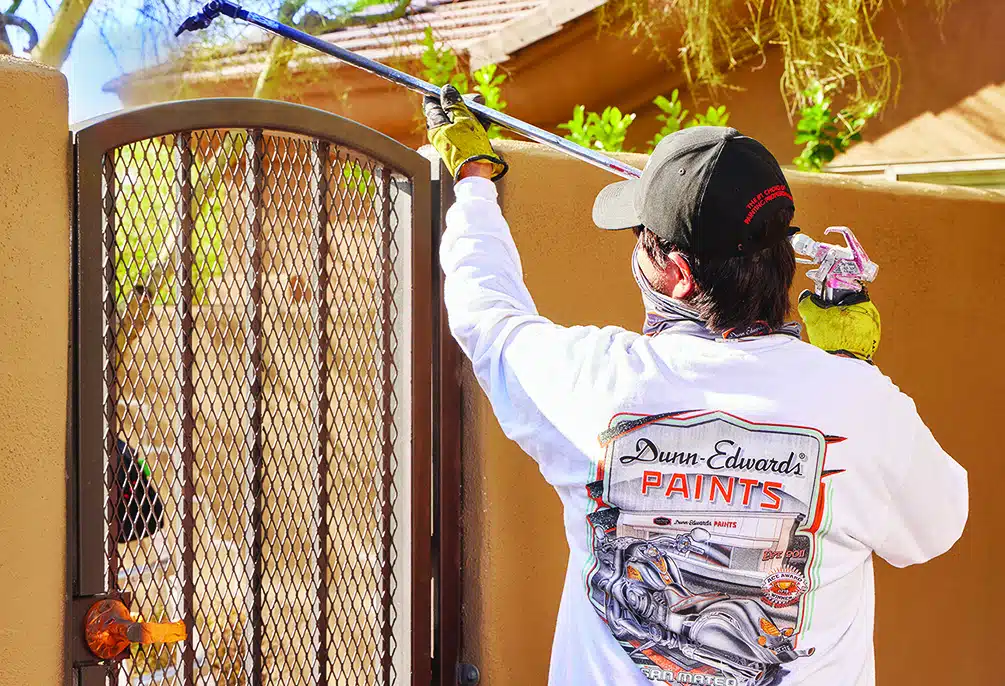Cracking
Definition
Splitting of the paint film through at least one coat, leading to failure of the paint. Hairline cracks appear initially, but progress to paint chips falling off the surface – or flaking – and severe cracks in the surface will appear. Complete failure of the paint can occur if left untreated.

Causes
- Over-thinning of the paint or spreading it too thin
- Poor surface preparation, especially when paint is applied to bare wood without priming
- Painting under cool or windy conditions where the paint dries too fast
- On surfaces that have been painted many times, the bottom layers of paint lose their flexibility and are unable to expand and contract with the surface as it responds to temperature and humidity change
Solutions
Determine if cracking goes all the way to the surface. If cracking does not go all the way down to the surface, then:
- Remove loose and flaking paint with a scraper or wire brush.
- Sand the area and feather the edges.
- Repaint, using a high-quality paint.
If cracking does go to the surface:
- Remove all of the paint by scraping, sanding and/or use paint remover.
- Prime wood and masonry surfaces with an appropriate, high-quality primer.
- Repaint using a high-quality paint
Tips
- If the cracking occurs over plywood, only periodic scraping, repriming and recoating will solve the problem. Latex paints fill plywood cracks better than oil-based paints.
- Pressed composition boards should be primed immediately after installation. An adequate coating should be kept on the surface at all times to seal out moisture.
Product Recommendations
Primer
Desired Finish
Recommended Primer
Natural Wood
Synthetic Wood
Ferrous Metal
BLOC-RUST® Premium Interior/Exterior Rust Preventative Metal Primer White (Water Based)
Non-Ferrous Metal
Exterior
Surface
Recommended Product
Satin/Low Sheen
Interior
Surface
Recommended Product
Eggshell
Satin/Low Sheen
Semi-Gloss
Please note that these suggestions are provided as a service to you. We are unable to guarantee or be responsible for the results obtained by these procedures. If you have additional questions, ask any of our expert sales associates.






